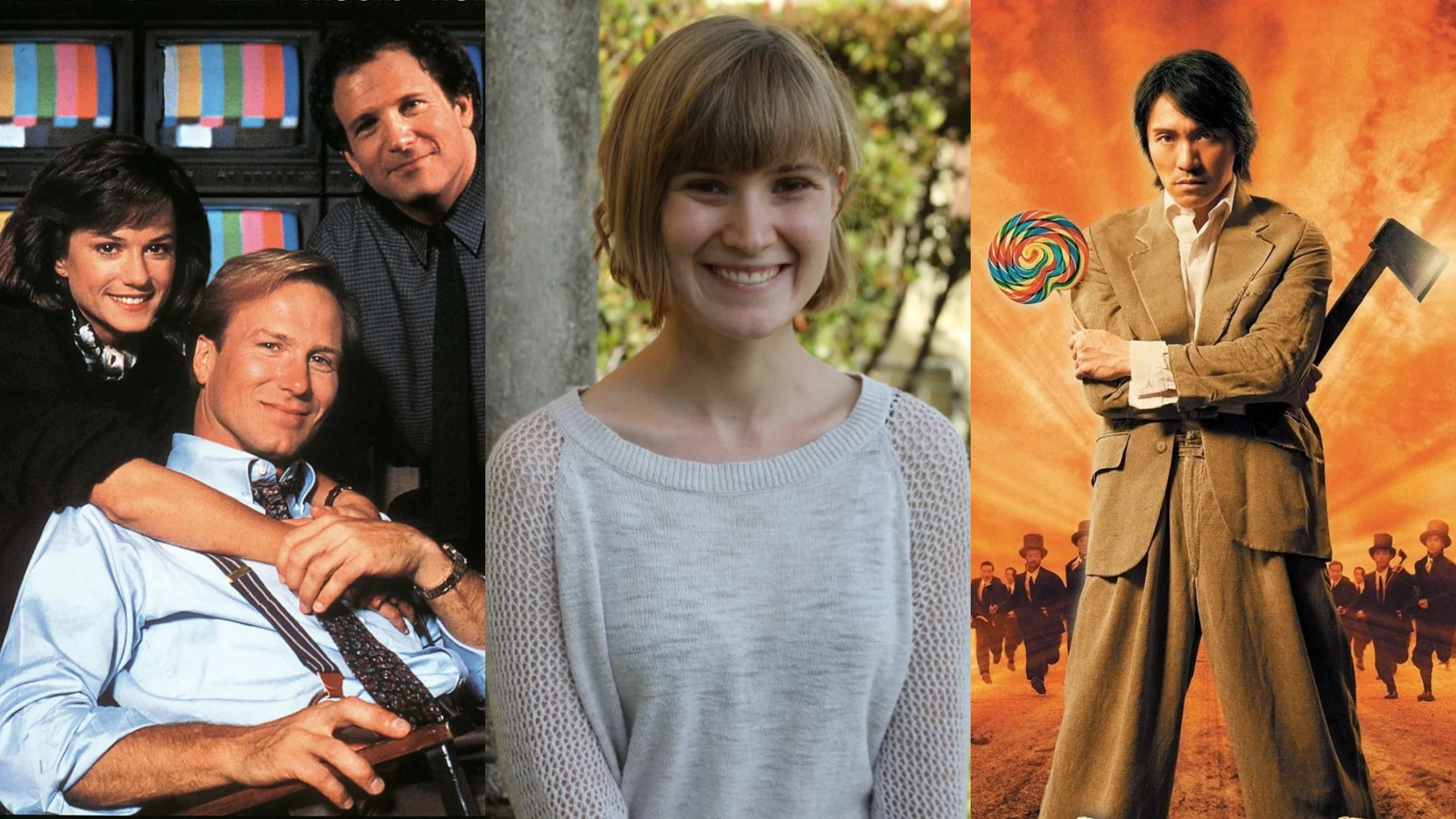Fresh Eyes: The Big Trail
John Wayne was one of the largest screen presences in Hollywood history, and became essentially synonymous with the American Western after Stagecoach proved an immense success. However, until fairly recently, my only exposure to Wayne was in True Grit, and that was only because I enjoyed the Coen Brothers' remake so much. In order to expand my general knowledge about Westerns, this semester I enrolled in a class on the genre. One of the films on the syllabus was Raoul Walsh's 1930 epic The Big Trail, which just so happened to be John Wayne's first leading role.
The Big Trail is a film of immense scope, even by today's standards. Chronicling a covered wagon train's journey on the Oregon Trail - which ran from Missouri to the northern part of Oregon. It's a simple enough premise, but the catch here is that the film was shot on location outside of Santa Fe, New Mexico, which was a big deal for the time. Due to being shot in New Mexican desert instead of on a soundstage, there's apalpable sense of authenticity running through the proceedings. Even though this film firmly places itself within the mythic version of the frontier, instead of striving for an accurate portrayal of what life in the West was like. However, as part of this mythic frontier ideal, the landscape is photographed with a sense of grandiosity and reverence, which is only bolstered by the decision to shoot the film in 70mm (a 35mm version exists, but for this installment of Fresh Eyes I saw the 70mm cut, which is 20 minutes longer).
The ensemble cast for this film is large, which made it difficult to remember how everyone is connected to everyone else, other than being all part of the same wagon train. For his first lead role, Wayne is not completely unwatchable as Breck Coleman, a cowboy who scouts out the wilderness for the wagon train, making sure it is safe to pass. Most of what Wayne was asked to do in this film boils down to; sit on a horse, look pretty, point, and recite his lines. Luckily he performs all these tasks with sufficient charisma. It's a simple character, but has understandable motivations for pushing across the frontier on his own. One reason, not surprisingly, is a woman, Ruth Cameron (Marguerite Churchill). Ruth's character is one dimensional at best, and serves as an object of desire for Coleman and Bill Thorpe (Ian Keith), a gambler from Louisiana, to fight over. The remainder of the cast are just background characters, serving as little more than set dressing. The only exception is a family of stereotyped Swedes who take up way too much screen time with their pratfalls and vaudevillian antics. I was easily able to forgive this though, as Charlie Chaplin was still at the height of his popularity at this time and the antics are actually pretty entertaining, despite the stereotypes.
There's a fairly noticeable religious subtext running through the picture. This ties into the idea of Manifest Destiny, America's supposedly divine, God-given right to stretch from sea to shining sea. Coleman serves as a Moses-like figure, leading his pilgrims through the trials and tribulations of the desert. By the end, Coleman leads the wagons out of the mountains and into Oregon, and then sets off back into the mountains to finish his primary task of hunting down some illegal fur trappers. This mirrors almost perfectly Moses being unable to accompany the Israelites into the Promised Land, the difference here being that Coleman eventually comes back to his pilgrims and settles with them. Tying back into the idea of the frontier myth, The Big Trail pushes a specific idea of the West and frontier onto the viewer, one that shows the West as a thing that needs to be conquered.
The set pieces all involve the wagon trail overcoming an especially dangerous part of the frontier, whether it be a sheer cliff face, a deep and fast moving river, or an attacking army of Native Americans. Much in the way it was the Israelite's destiny to return and settle in Canaan, the frontier myth maintains the notion, in the eyes of the viewer, that it was America's destiny to conquer and tame the wilderness between coasts.
The Big Trail is a triumph of filmmaking, and was touted before release as "the most important picture ever produced." While that claim may be up for contention now, it is undeniable that the filmmakers set out to create something of that scale and magnitude, and succeeded. A lot of what I saw felt similar in scope to Mad Max: Fury Road, and for a film released only three years after The Jazz Singer introduced sync sound to cinema, that is something worth witnessing and admiring for yourself.






